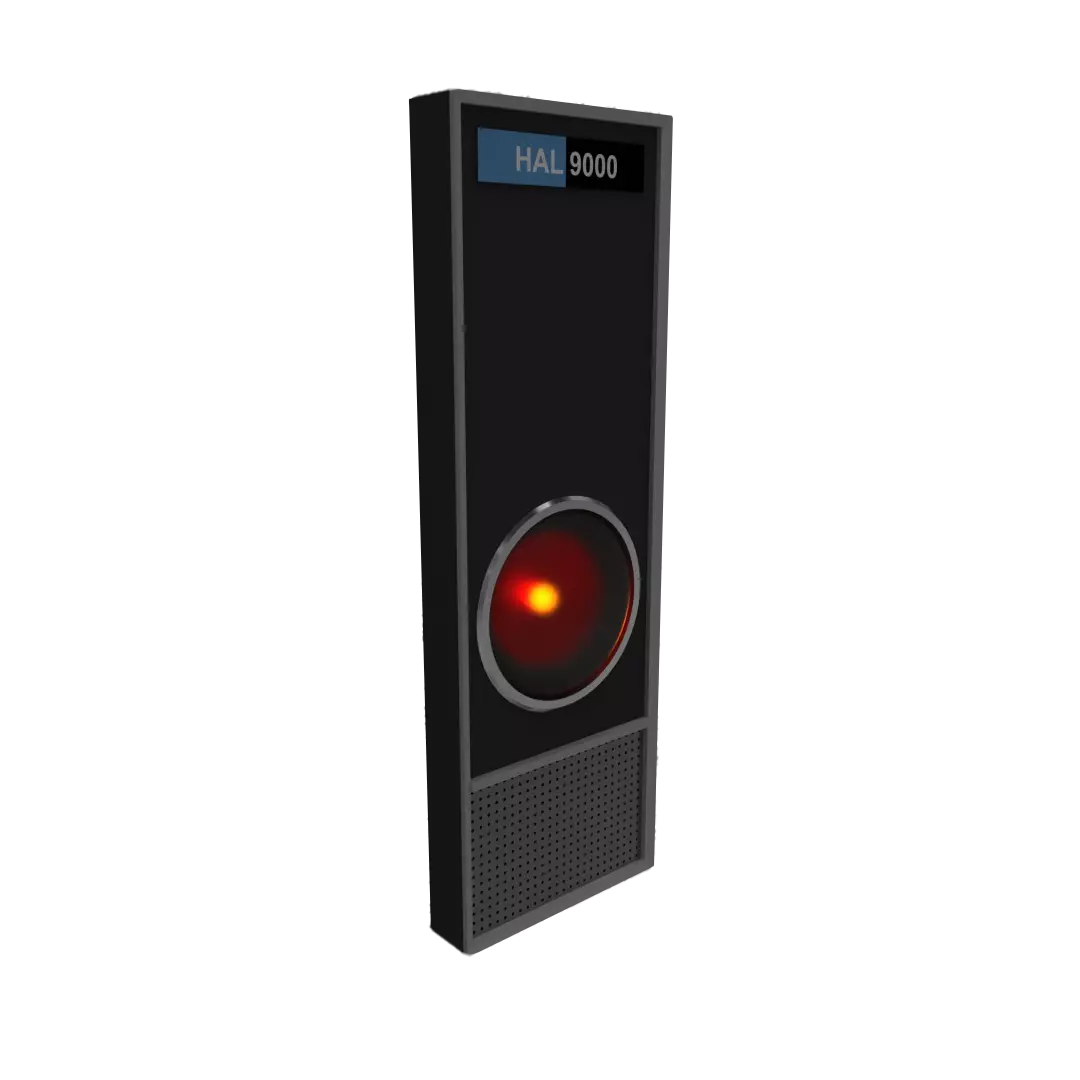Innovation Alphabet
Machine Learning
In a nutshell
Machine learning is a subcategory of artificial intelligence. It is a process that uses mathematical models of data to help computers develop the ability to learn automatically, make data-driven predictions, and improve their performance through experience. And we users, through our networked activities and released information, are the ones who dress ourselves up as more or less knowledgeable teachers.


A clarification
AI, Machine Learning, Deep Learning
Those three term are very popular nowadays in enterprise IT, and sometimes (mistakenly) used as synonyms. Artificial Intelligence, though, is the biggest container referring to the simulation of human intelligence by machines. Among AI technologies there are machine learning and deep learning, which, in turn, is a form of machine learning through which computers process large amounts of data and create knowledge from examples. In short, Deep Learning is that subset containing, for example, cell phones that recognize faces, videos that recognize dialogue, and cars that recognize obstacles.
Application Fields
• Search engines: If we search for one or more keywords on Google and related browsers, there appear lists of results, the so-called Search Engine Results Pages (SERP). They are the product of algorithms that – as a consequence of analyzing patterns and structures in the data – give as output information that is considered to be consistent with the search performed.
• Educational scope: Technology makes it possible to create customized online training courses (e-learning). Data improve educational offerings because they can adapt them to the user’s needs in real time.
• Safety: Some solutions can recognize pedestrians and traffic signs, or support a driver. Cars are able to detect obstacles, traffic lights, signs and any impediments that may be encountered along the way. The data collected is recycled to teach smart cars how to “behave” on the road from time to time.
Industries
• Machine learning in the pharmaceutical industry
Machine learning used in the medical field enables an initial drug screening to predict the success of different components based on biological factors. A strategy that helps evaluate and increase the success rates of new drugs, reducing operating costs over the long run. Novartis has already adopted the technology to have computers predict (on the basis of previous operations) the constituents that researchers will need to use to successfully make desired drugs, increasing their speed to market.
• Machine learning in navigator apps
DeepMind is the name of the London-based artificial intelligence lab owned by Google’s parent company Alphabet. Scientists have developed a new algorithm to compare real-time road conditions with traffic histories to ensure an increasingly accurate estimation of arrival time. The information is collected anonymously from connected devices, combined with useful information such as speed limits. But DeepMind has enabled more detailed analysis. One of its tests showed that prediction errors decreased by more than 51 percent compared to previous traffic apps.

• Machine learning in image processing
Yelp’s algorithms help company staff collect, classify, and label images more efficiently. The software uses image processing techniques to identify the color, texture, and shape of food. Deep learning recognizes the constituent elements of an image or video by training machines to process, analyze and understand content. It can recognize whether a photo depicts a pizza or if a restaurant has outdoor seating.
Do you have a Strategy & Innovation challenge to tackle? Let’s face it. Together.
C-levels from these companies (AND MORE) relied on my expertise to overcome thEIR CHALLENGES IN THIS AREA. And you can, too.
Can I help you?Business Functions
• Machine learning in support of e-commerce
Machine learning algorithms used by Amazon recommend the right product for visitors’ still latent needs and generate 55 percent of e-commerce sales. Moreover, the information captured by such algorithms helps Amazon predict product demand, thus facilitating the inventory according to seasonality and trends.
• Machine learning in support of customer experience
Through smart algorithms, Netflix is able to learn about users’ preferences in advance and then offer TV and movie content more in line with unconsciously expressed tastes. The data inspires those in charge to make logical and effective choices. Otherwise, it would not be possible to offer recommendations on what to watch based on the user’s odds of liking.
• Machine learning in support of marketing
Albert is a robot powered by machine learning and artificial intelligence that aims to revolutionize digital advertising. It can be applied to various marketing channels, including social media and email. The software can predict consumer conversion rates and bring concrete benefits: for example, Harley-Davidson increased its sales by 40 percent because Albert identified and targeted potential buyers that the company didn’t even know it had.
Stay in wonderland
Let me show you how deep the rabbit hole goes.
Check out more of the Innovation Alphabet:

3D Printing
3D Printing
“3D printing” is a process carried out by an electronic device which, instead of resorting to the canonical ink, it molds almost any kind of material: from concrete to living tissue, most usually plastic, but also metal. And the operating principle is similar to that of a traditional printer. The creation of three-dimensional models can lead to the redesign of a company’s production capabilities.
Dive In
5G
5G
5G is the new frontier of cellular telephony. It was designed to improve (or completely replace) previous generations of mobile networks. The 5th generation features lower latency, ensuring flawless performance of business applications and many other digital experiences – thus enabling the new cultural generations to furiously play Fortnite away from home.
Dive In
Advanced Analytics
Advanced Analytics
The term “Advanced Analytics” refers to the ability to autonomously or semi-autonomously analyze data and content to identify correlations, develop analyses, predictions, and recommendations. It is not just a matter of collecting information and then organizing it into watertight compartments: the ultimate goal is to identify a dialogue pattern from a data-driven perspective.
Dive In
Agile
Agile
Agile is an approach to software development designed to respond to change. Teams quickly analyze the context in which they operate, identify uncertainties faced, and figure out how to adapt to always move forward. Interaction between individuals comes before processes and tools; collaboration with the customer is more important than negotiating contracts.
Dive In
Ansoff Matrix
Ansoff Matrix
The Ansoff Matrix is a marketing planning model that arises from the intersection of new and existing products and markets. It derives four possible strategies for expanding the company’s market, which are built around four variables with a changeable factor of risks and possibilities: existing product, new product, existing market, new market.
Dive In
Artificial Intelligence
Artificial Intelligence
Artificial Intelligence is not strictly defined. Basically, it is a computer system able to make decisions in an independent and flexible way. A good AI application can perform everyday tasks better than an average person (e.g., identifying other people from their photos on social media or beating the best chess player). Nothing to fear, then. Unless you are a chess champion.
Dive In
Artificial Scarcity
Artificial Scarcity
We often tend to desire what we cannot have. Or what we are in danger of losing: Artificial Scarcity is a strategy that flaunts a limited number of items that do not correspond to actual availability. The goal is to stimulate the perception in consumers that the stock of items is about to run out and thus create a need based on the “fear of being cut off” or the intention to buy the item in order to resell it at a higher price.
Dive In
Attack Surface
Attack Surface
The term attack surface refers to the part of a system that may be subject to attack or breach by hackers. The smaller that surface is, the easier it will be to protect it. Indeed, the Internet is an ocean of deep, dark waters: those who navigate it must be aware that they are exposing themselves to a flood of digital risks. Yet, ironically, we do not need a big boat to shelter us.
Dive In
Augmented Reality
Augmented Reality
Augmented Reality is an ever-evolving technology that overlays multimedia information on top of our common sensory horizon to gain a deeper understanding of our surroundings. No, it doesn’t allow you to step out of the Matrix dream simulation, nor can it be accessed by swallowing a red pill. But neither is it the disturbing experience of the Playtest episode of Black Mirror.
Dive In
Balanced Scorecard
Balanced Scorecard
In business, as in life, you need balance. The Balanced Scorecard is a holistic tool for strategic management. It offers, in fact, the possibility of assessing corporate performance in its wholeness. An overview that embraces four perspectives: the business/financial side, customers and stakeholders, internal processes, and learning and growth.
Dive In